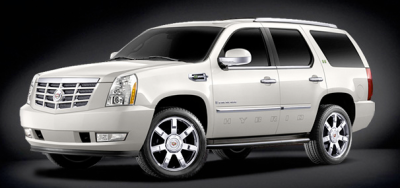Better metric: Gallons per 10K Miles
Last year the New York times had a short article proposing that instead of thinking about fuel economy in “miles per gallon”, we should think about “gallons per mile“.
The reasoning behind this poposals is that stating fuel economy in MPG “leads consumers to significantly underestimate the gains in fuel efficiency that can be achieved by trading in very low m.p.g. vehicles — even for one that gets only a few more miles per gallon.”
Larrick emphasizes that his long-term goal is to get everyone into the most fuel-efficient vehicles that exist. But right now, he says, “as a national-policy question, the urgency is getting people out of the 14-m.p.g. vehicles.” And m.p.g. ratings aren’t the most useful prod, largely because the real significance of differences in m.p.g. is often counterintuitive. The jump from 10 to 20 m.p.g., for example, saves more gas than the one from 20 to 40 m.p.g. The move from 10 to 11 m.p.g. can save nearly as much as the leap from 33 to 50 m.p.g.

People often scoff at the idea of hybrid trucks or SUVs like the Cadillac Escalade that only improve MGP from 14 to 20. But if you do the math, over 10,000 miles, this decreases the number of gallons used from 714 gallons to 500 gallons. This is a savings of 214 gallons,
By comparison improving a Toyota Prius’s mileage from 46MPG to 70MG only saves 75 gallons over 10,000 miles.
Here is the comparison of “miles per gallon” (MPG) and “gallons per 10,000 miles” (GP10K):
| Vehicle | MPG | GP10K |
|---|---|---|
| Cadillac Escallade AWD | 14 | 714 |
| Cadillac Escallade Hybrid | 20 | 500 |
| Toyota Prius | 46 | 217 |
| Hypothetical Hybrid | 70 | 143 |
To illustrate the point further, I put together a spreadsheet
using actual fuel economy figures for some current models, along with some extreme cases.
Sources